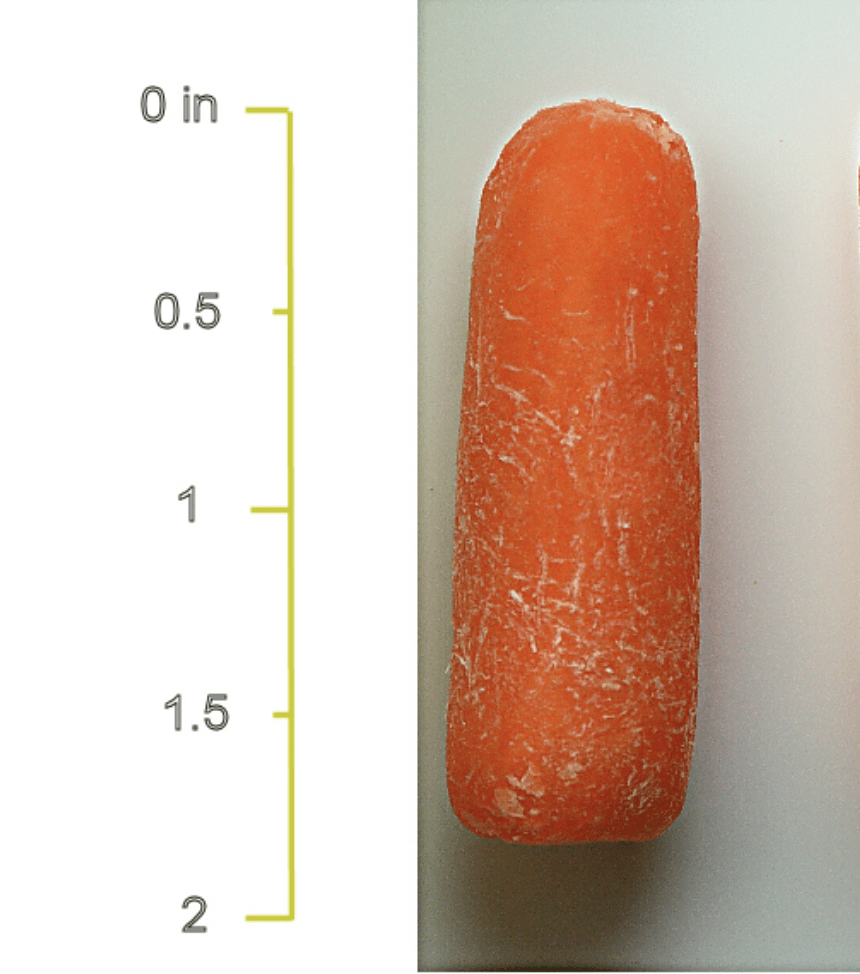INSIDER – Matt liked his penis. The length was fine. The girth was awesome.
But it curved. Not like a scimitar or letter C; just a gentle little bend. It bugged him.
“I wanted it to be straight,” said Matt, a contractor in his 40s who lives in the western US. He worried the curve was hurting his girlfriend during sex.
After an online search, Matt diagnosed himself with Peyronie’s disease, a condition that causes serious curvature of the penis. It affects about one in 10 men in the US.
That led him to Penuma, a semisolid silicone implant that’s surgically inserted into the penis shaft just under the penile skin. The device retracts when the penis is flaccid and emerges when it’s erect.
Penile implants and other forms of penis augmentation are booming, despite clear risks.
While it’s not intended for Peyronie’s patients, the implant does help straighten out the penis in patients with mild to moderate curvature. Matt was intrigued.
Penuma was invented in the early 2000s by Dr. James Elist, an Iranian American urologist.
Originally, he used it on patients whose members had narrowed after they received a prosthesis for erectile dysfunction.
He soon discovered that Penuma not only maintained preoperative girth and length for patients with ED but also added a bit more flaccid length and flaccid and erect girth to what they had before the prosthesis.
In other words, it could help men who wanted bigger dicks. And there were wagonloads …
When erect, the average penis is about 5.1 inches, with an average circumference of 4.5 inches. Micropenises have a stretched penile length of about 3 2/3 inches or less.
“His penis throbbed like a metronome”
Matt, the self-diagnosed Peyronie’s sufferer, couldn’t find any negative reviews about the procedure, and he liked that it was reversible. If something went awry, he thought, the implant could be easily removed, and his organ would return to its presurgical state.
Sure, the $16,000 price tag was hefty, and his insurance didn’t cover it. But that didn’t dissuade him. “People invest in redoing their decks,” he said …



